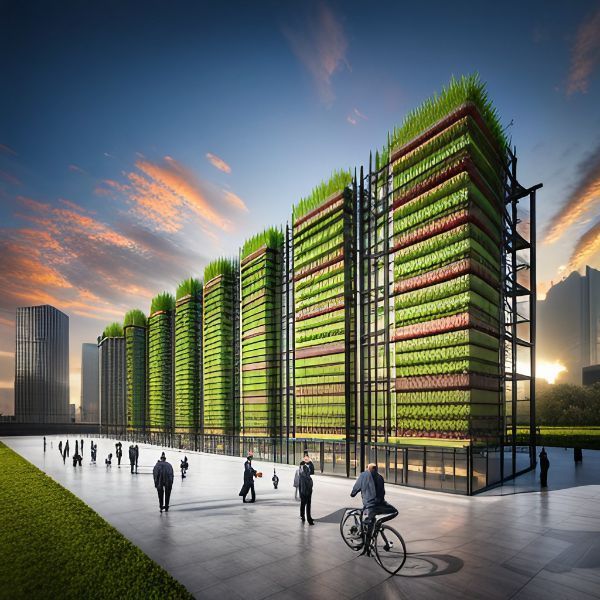An Agricultural Crisis of Green Proportions (Newsletter #261)

BY: STEPHEN DEL PERCIO
[Adapted from infrastruttura, a new newsletter covering innovation in the design, development, and delivery of global civil infrastructure.]
High-tech hydroponic vertical farms were once viewed as an elegant solution to deforestation and climate change-driven food insecurity, and a leafy green oasis within the food deserts that plague America’s low-income neighborhoods. By stacking greenery on shelves, vertical farms essentially combined greenhouses and warehouses. They promised a 90 percent reduction in water consumption, required little-to-no soil, and could be managed by AI-powered software.
Despite the promise and the hype, there were always skeptics. Vaclav Smil points out:
“Vertical farms can produce—profitably—hydroponically [i.e. in water, with no soil] grown leafy greens, tomatoes, peppers, cucumbers, and herbs, all with far less water than conventional agriculture requires. But the produce contains merely a trace of carbohydrates and hardly any protein or fat. So they cannot feed cities, especially not megacities of more than 10 million people. For that we need vast areas of cropland planted with grains, legumes, and root, sugar, and oil crops, the produce of which is to be eaten directly or fed to animals that produce meat, milk, and eggs. The world now plants such crops in 16 million square kilometers—nearly the size of South America—and more than half of the human population now lives in cities.”
Vertical farming is not only capital-intensive, but energy- and labor-intensive too, on top of being relatively small in scale compared to traditional agriculture, which it hasn't proved it can compete with yet. So while it's true from a climate perspective that the technology has benefits, whether it can work as a viable business is a timely question. Alarm bells started ringing late last year. Two agtech startups (Kalera & AeroFarms) have filed for bankruptcy protection since April— with another headed for Chapter 11 soon. Now, the vertical farming industry itself may be on the ropes.
BENEFITS ABOUND
Vertical farms use closed-loop greywater recycling, advanced LED lighting, IoT integration, and AI. All of these technologies have myriad applications throughout the proptech and buildtech stacks and are being refined by agtech startups in highly controlled indoor environments. This opens the possibility for the vertical farming industry to leverage its agricultural technology in related proptech sectors.
